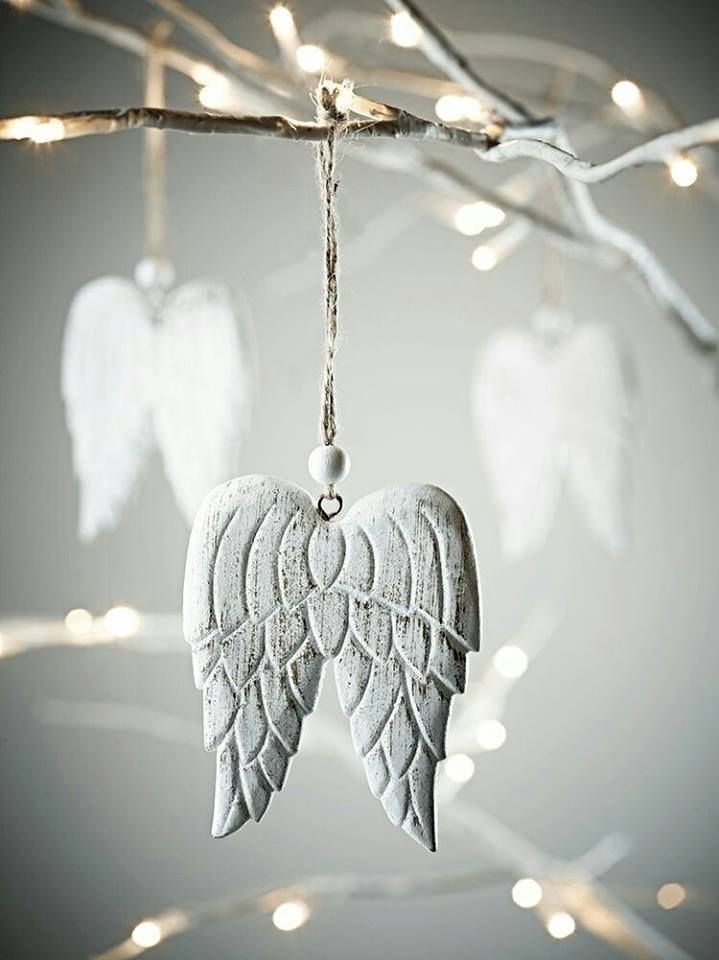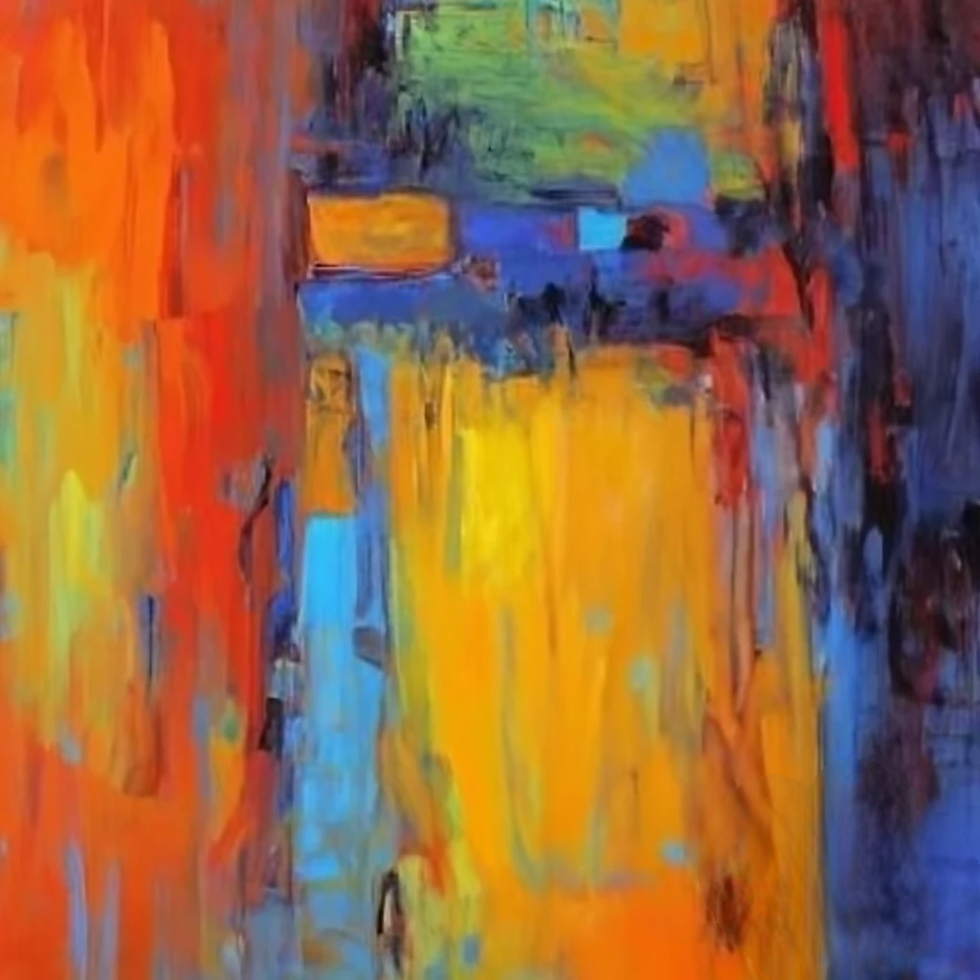What is Art?...
- Koöko Fleurs
- Sep 8, 2023
- 4 min read

The concept of art has its roots in the Latin word "ars" (stem art-), which carries connotations of both skill and beauty. In the Middle Ages, the term artist was used in certain regions like Italy, but it had a similar meaning to craftsman. The term artisan was not yet in use during this time. An artist was seen as someone with exceptional abilities in their craft, emphasizing their superior skills rather than their specific occupation. During this period, items deemed "artistic" (such as textiles) were considered more precious and expensive than paintings or sculptures.
Art is a multifaceted concept that encompasses various forms such as drawing, collage, mosaics, engravings, photography, sculpture, video, and painting. It serves not only as a source of joy but also as a means to express different emotions like anger, grief, surprise, and sadness. It can be both conventional and unconventional, allowing for rebellion, controversy, theatrics, and spirituality.
Art is not confined to being aesthetically pleasing; it can also evoke feelings of horror, outrage, and provocation. It can be found not only in galleries but also in churches, public buildings, parks, streets, magazines – essentially everywhere around us. It goes beyond mere visual representation and can serve as a source of new ideas or provide insights into the way people lived in the past and present. Art is not limited to realism; it can also take on abstract, symbolic or imaginary forms or be distorted like a fleeting moment. Furthermore, art does not cater solely to amateurs; it elicits reactions from people of all ages..
"Art is the most sublime mission of man since it is the exercise of thought which seeks to understand the world and to make it understood" — AUGUSTE RODIN
Art to conquer...
During the early 1900s, art and museums were presented in various ways, including outdoor spaces, educational programs, and media platforms. Museums experienced a notable transformation in their appearance, showcasing bold and original designs, exhibits, and teaching methods. The value of art significantly increased during this time period. However, it also raised questions about its purpose, the identity of artists, how their success was determined, and how it has evolved over time. The popularity of famous works like the Mona Lisa also sparked curiosity about different forms of art. These inquiries offer a glimpse into the fascinating yet intricate world of art.
They encourage us to explore topics such as the creators, buyers, curators, collectors, critics, techniques used, and even philosophical or historical aspects. By understanding these elements of art, we can better appreciate its beauty and gain a broader understanding of our culture. Delving into this realm can equip us with the necessary tools to fully experience the pleasure that works of art offer - from physically interacting with sculptures to admiring paintings from different perspectives or visiting art galleries and museums.
So what is art for?
Regardless of the form, art incites reactions. The process of creation is a fundamental aspect of art, as it produces new entities. All types of creation provoke responses. Art is an act of producing something novel. Each geographical region and historical epoch has generated distinct artistic forms using various mediums. However, perspectives are essential for the existence of art. Artists bring their own viewpoints and are influenced by other creations, as well as the opinions of amateurs and beginners. These perspectives evoke diverse reactions in individuals. Art mirrors the world and shapes our perception through its thought-provoking inquiries, fantasies, and sentiments. It broadens our horizons and plays a vital role in society.
Religious art served as a means to connect humans with deities or to educate them on religious texts. Monarchs commissioned portraits and depictions of their triumphs to cement their authority. Art also allowed artists to chronicle their era and express their emotions. While artists may have varying objectives, the significance of art for humanity remains constant.
Not all artists have identical goals, and their works can be interpreted differently depending on location and era. The earliest prehistoric sculptures were not intended for admiration but are now considered artworks due to recent discoveries. Regardless of its form, art evokes reactions. The creative process is a fundamental aspect of art as it generates new entities.
It is in Art that man definitively surpasses himself — SIMONE DE BEAUVOIR, PRIVILEGES (1965)
To sum up, the concept of art is a highly subjective and constantly evolving one. While there is no one definitive answer to the question of what art is, can be seen as a means of expression and communication that has the power to evoke emotions, challenge norms and inspire change. Whether it is through painting, music, dance, literature, or any other form, art has a unique ability to connect people and transcend language and cultural barriers. Ultimately, art is a reflection of humanity and its ever-changing perspectives on the world. It is an essential part of our existence and has the potential to transform our lives in meaningful ways. So, let us continue to appreciate, create, and embrace art in all its forms.











Comments